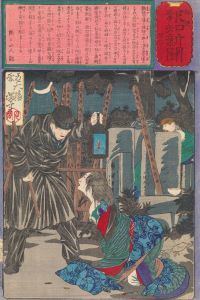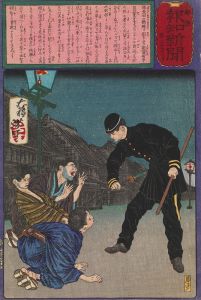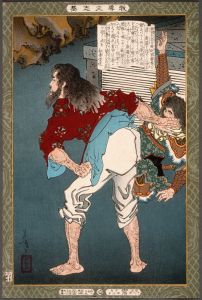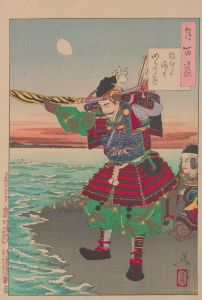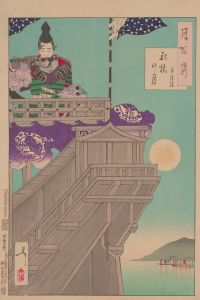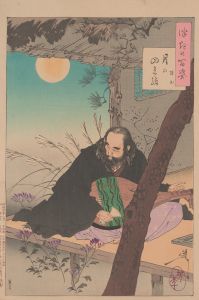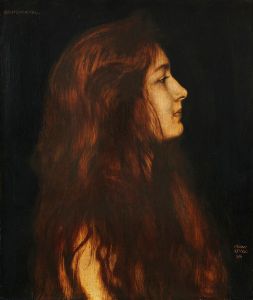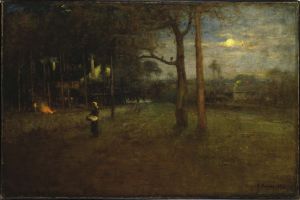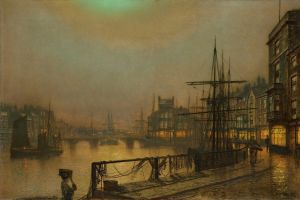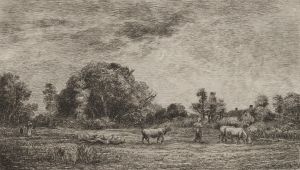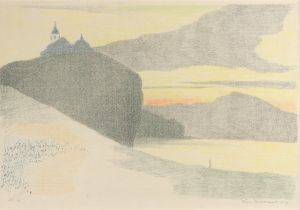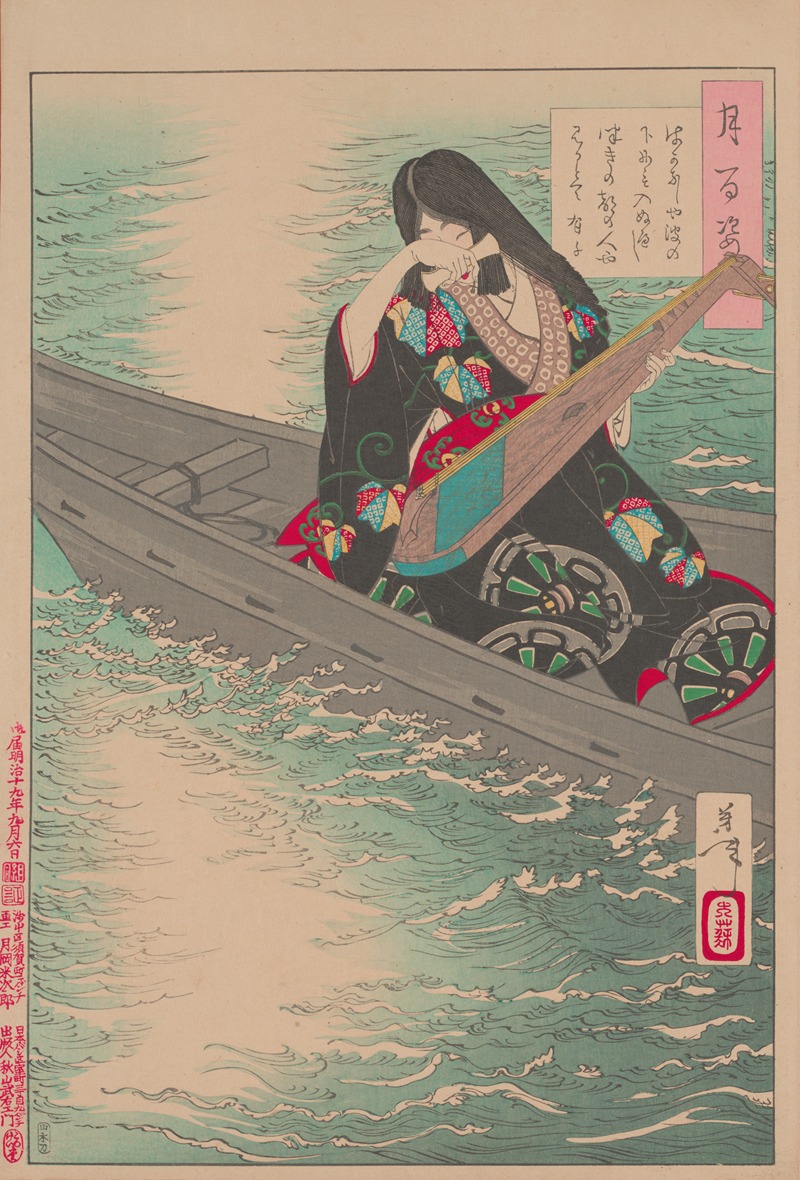
Ariko weeps as her boat drifts in the moonlight
A hand-painted replica of Tsukioka Yoshitoshi’s masterpiece Ariko weeps as her boat drifts in the moonlight, meticulously crafted by professional artists to capture the true essence of the original. Each piece is created with museum-quality canvas and rare mineral pigments, carefully painted by experienced artists with delicate brushstrokes and rich, layered colors to perfectly recreate the texture of the original artwork. Unlike machine-printed reproductions, this hand-painted version brings the painting to life, infused with the artist’s emotions and skill in every stroke. Whether for personal collection or home decoration, it instantly elevates the artistic atmosphere of any space.
"Ariko weeps as her boat drifts in the moonlight" is a woodblock print by the renowned Japanese artist Tsukioka Yoshitoshi, who was active during the late Edo and early Meiji periods. Yoshitoshi is celebrated for his innovative approach to traditional ukiyo-e art, and his works often explore themes of beauty, violence, and the supernatural. This particular print is part of his series "New Forms of Thirty-Six Ghosts" (Shinkei Sanjūrokkaisen), which was published between 1889 and 1892.
The series "New Forms of Thirty-Six Ghosts" is a collection of prints that depict various supernatural stories, legends, and historical events from Japanese folklore and history. Yoshitoshi's work in this series is noted for its dramatic use of color, intricate details, and the ability to convey emotion and narrative through visual art. The series is considered one of Yoshitoshi's masterpieces and reflects his mature style, characterized by a blend of traditional and modern elements.
In "Ariko weeps as her boat drifts in the moonlight," Yoshitoshi captures a poignant and haunting scene. The print depicts a woman named Ariko, who is shown weeping as her boat drifts under the moonlight. The composition is marked by its atmospheric quality, with the moon casting a gentle glow over the scene, enhancing the emotional depth of Ariko's sorrow. The use of light and shadow in the print is exemplary of Yoshitoshi's skill in creating mood and atmosphere.
The subject of the print, Ariko, is likely drawn from Japanese folklore or literature, as many of Yoshitoshi's works in this series are based on such sources. However, specific details about Ariko's story are not widely documented, and Yoshitoshi often took creative liberties in his interpretations. The emotional impact of the image is heightened by the isolation of the figure in the vastness of the water, a common motif in Japanese art that symbolizes loneliness and introspection.
Yoshitoshi's work during this period is also significant for its historical context. The Meiji era was a time of great change in Japan, with rapid modernization and Western influence affecting all aspects of society, including art. Yoshitoshi managed to preserve traditional Japanese aesthetics while also incorporating new techniques and ideas, making his work both a reflection of his time and a bridge between the past and the future of Japanese art.
"Ariko weeps as her boat drifts in the moonlight" exemplifies Yoshitoshi's ability to convey complex emotions and narratives through his art. His prints remain highly regarded for their technical excellence and emotional depth, and they continue to be studied and appreciated by art historians and enthusiasts around the world. The enduring appeal of Yoshitoshi's work lies in its ability to capture the timeless human experiences of sorrow, beauty, and the supernatural, resonating with audiences across different cultures and eras.





